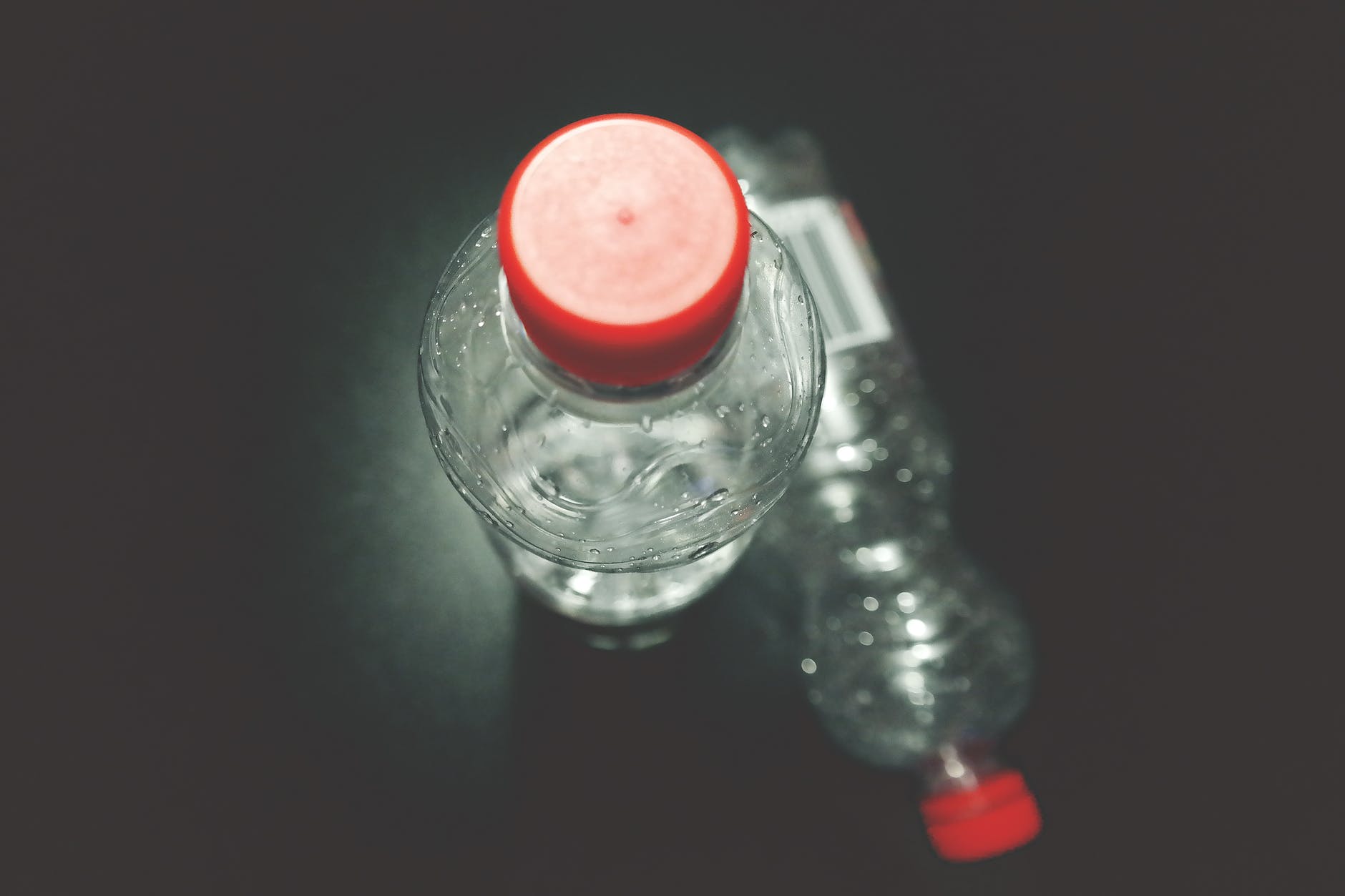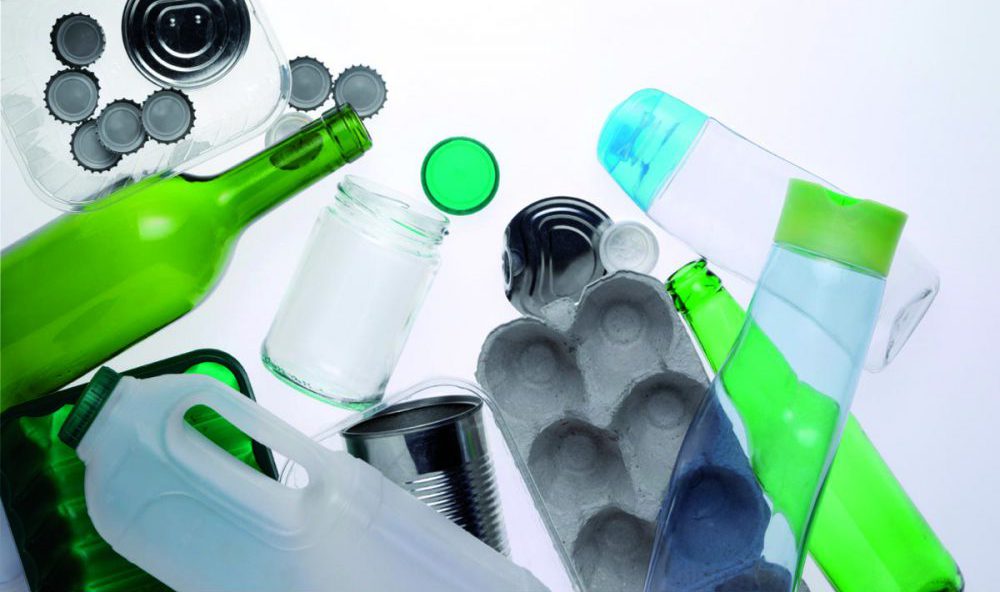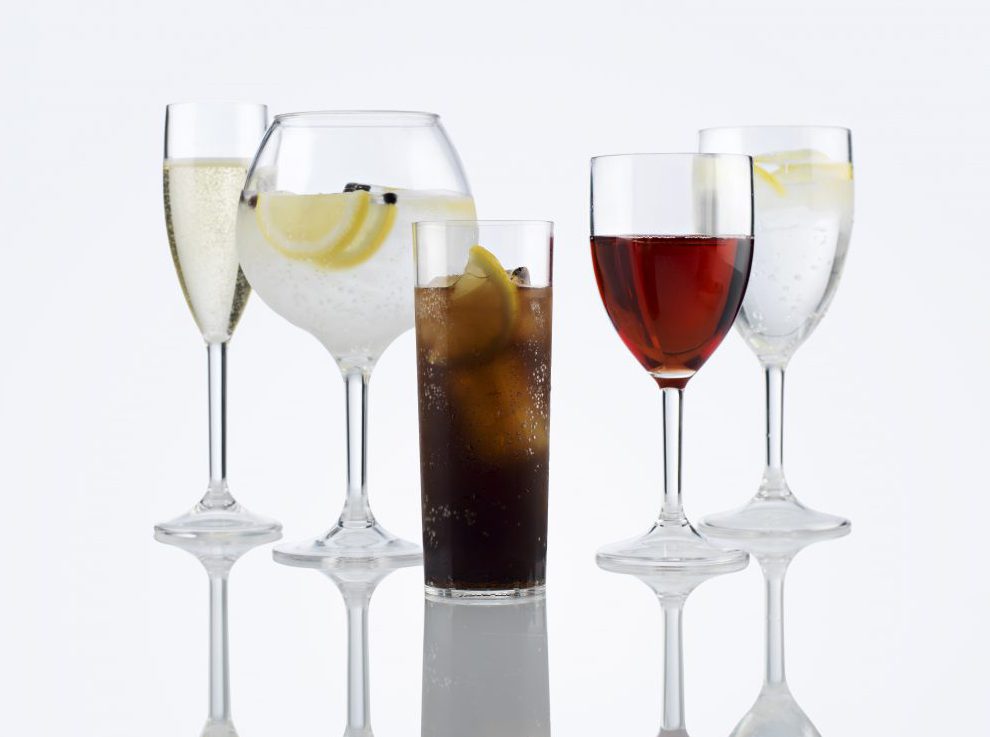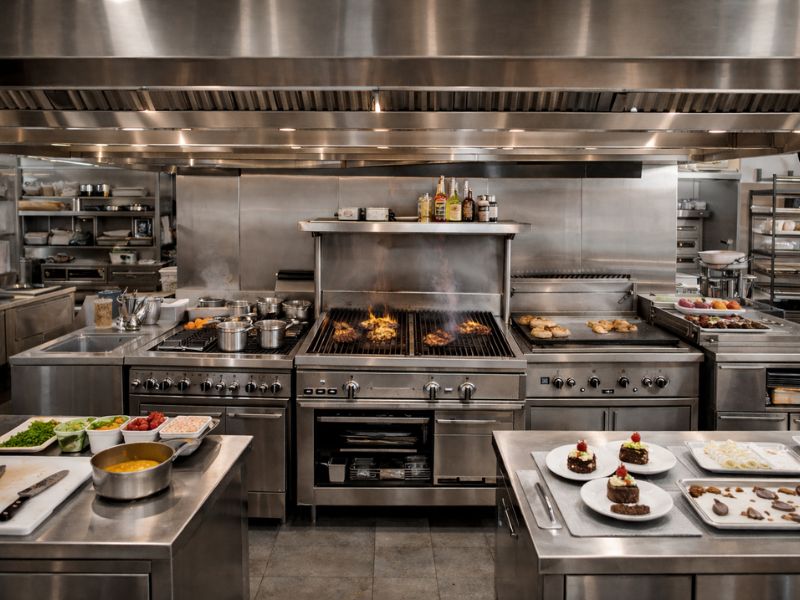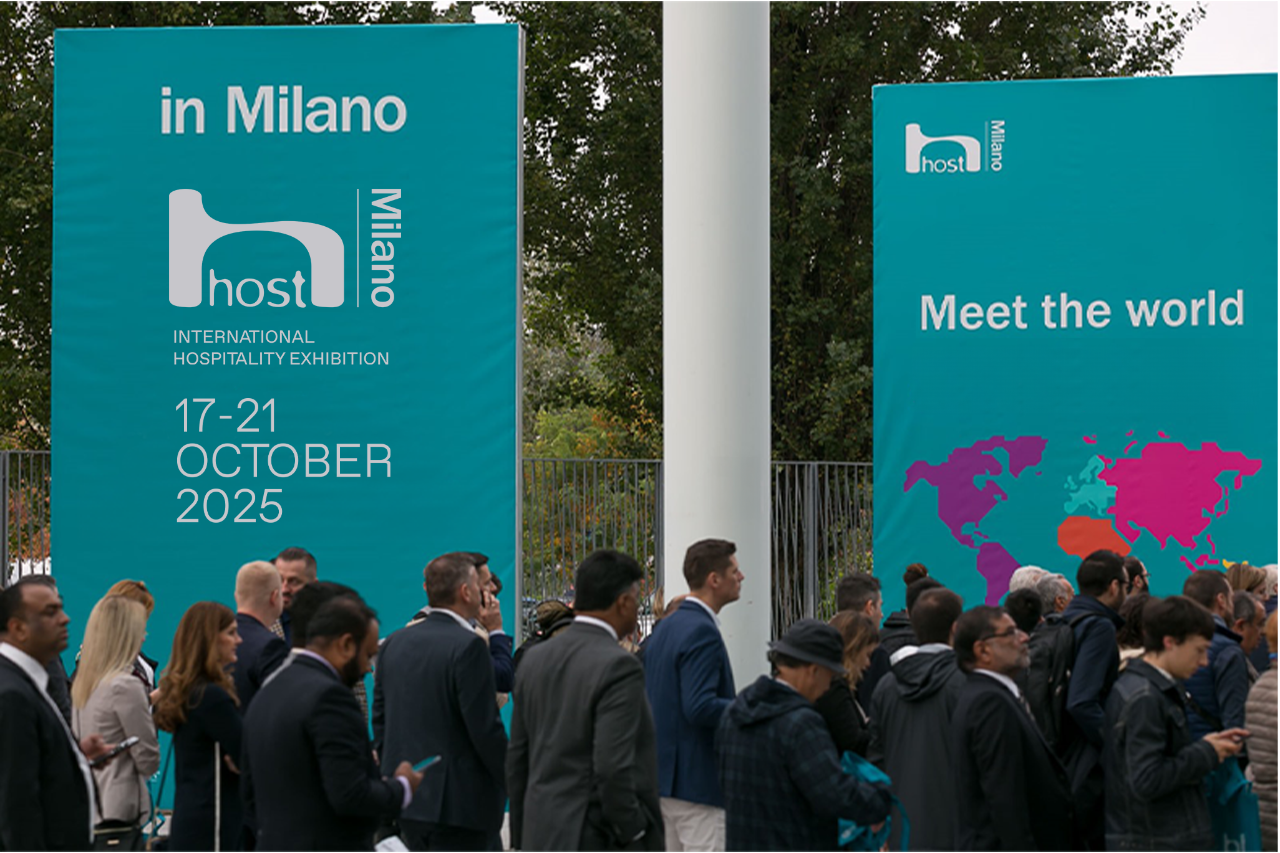On 16 January 2018 the European Commission approved its strategy on plastics with the aim of reducing their impact on the environment and taking the lead in the transition towards a more circular economy based on reuse and recycling that will generate new investment opportunities and jobs. Under the new plans, all plastic packaging on the EU market will be recyclable by 2030, consumption of single-use plastics will be reduced and the intentional use of microplastics will be restricted.
This strategy on plastics will transform the way products are designed, produced, used and recycled in the EU. For this purpose the European Commission is driving for a new plastics industry where design and production respect the needs to reuse and recycle, encouraging better product designs so that they last longer and are easier to recycle.
Reducing single-use plastic
European legislation has already led to a significant reduction in the use of plastic bags and this new plan will focus on single-use plastic containers. Curbing plastic waste is the main goal. For this purpose by 2030 all the plastic packaging in the European market will be reusable or recyclable in a cost-effective way.
Currently, the amount of plastics that are recycled at the end of their useful life is very small compared to materials such as paper, glass or metal. Around 25.8 million tonnes of plastic waste is generated in Europe each year and less than 30 % of this waste is collected for recycling. One of the reasons is the low demand for recycled plastic. The strategy of the European Commission and its new plastics economy aims to promote the use of recycled plastic so that by 2030 over half the plastic waste generated in Europe is recycled.
In environmental terms, it is estimated that the production of plastics and the incineration of plastic waste increases CO2 by approximately 400 million tonnes/year, according to IBID 2012. In the EU between 150,000 and 500,000 tonnes of plastic waste end up in the oceans each year.
[divider type=”thin”]
The quality of recycled plastic
As previously mentioned usage in the recycled plastics industry is very low in comparison to that of other materials such as paper and glass. The wide diversity of plastics and additives used by each manufacturer complicates the recycling process and affects the quality of recycled plastic for its subsequent use. The European Commission is planning to work along these lines to review new rules on packaging in order to improve the recyclability of the plastics currently used on the market and increase the demand for recycled plastic content. It will also drive forward investments and innovation to develop smarter and more recyclable plastic materials, to make recycling processes more efficient and to trace and remove harmful substances and contaminants from recycled plastics.
What is our policy at Araven?
All of our plastic products are made with 100% recyclable raw materials. Our company forms part of the Ecoembes Integrated Management System, to comply with Directive 94/62/EC and 2001/12/EC on packaging and packaging waste.
Our department of innovation and their technological vigilance means that we are able to offer products made with plastic materials that guarantee food safety and environment-friendliness. The more than 400 references that we offer the food service market have been designed for reuse and to ensure that they have the longest possible useful product life.
Reusable tumblers versus single-use tumblers
At Araven we were pioneers in designing the Fluvi tumbler for Expo Zaragoza 2008. This was a reusable tumbler that did away with the need for PET tumblers at bars and restaurant facilities during the 2008 Water Exhibition. Currently we still produce this tumbler in polypropylene, along with a wider range of glasses and tumblers in polycarbonate, all of which are reusable and perfect for any occasion: at festivals, hotel facilities or swimming pools.
Reusable food containers versus single-use food containers.
The food storage containers designed by Araven are reusable thus avoiding unnecessary generation of waste as well as the poor health and hygiene practices that occur in many professional kitchens due to the reuse of single-use containers.
It is important to remember that the function of a disposable container is to preserve food for a limited period of time, with certain properties and in a controlled environment that, as soon as the container is opened, change and disappear. After the main storing use for which the single-use container was designed is over, the container may release additives and substances that migrate to food due to being used incorrectly. Furthermore the minimal thicknesses used for these containers mean that they are more likely to break due to an impact or to thermal shock if in a short space of time they go from very cold temperatures to very hot temperatures. Broken parts of containers may affect the food quality of the product they contain, with the added risk that these broken fragments could even been swallowed by consumers.
We hope that you have found this post interesting and that it has covered the most important aspects of the strategy for the plastics industry. Over the course of the next few months we will be finding out more about the progress of the European Commission and further details about the circular economy based on the reuse and recycling of plastics.
